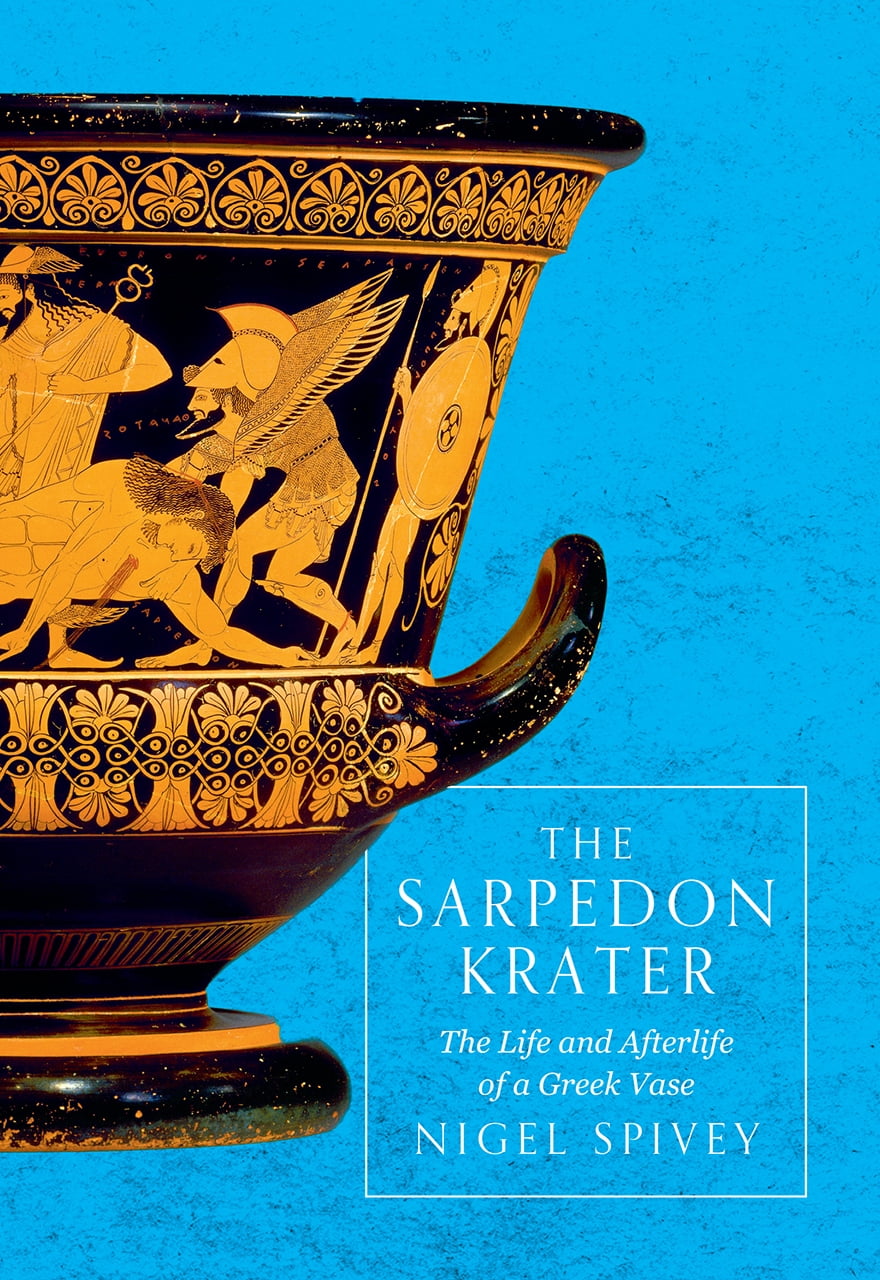
Shows a contemporary scene of Athenian youths from the sixthĬentury BC arming themselves before battle. This pot was looted from an Etruscan tomb not far from Rome in 1971 and a year later illegally bought by The Metropolitan Museum of Art. ancient Greek pot, commonly referred to as the Sarpedon Krater or Euphronios vase. One of the most notorious repatriations is that of a 6th century B.C.E. Shown on the obverse this illustration depicts the death of The Metropolitan Museum of Art returns a pot to Italy. The style of the vase is red-figure pottery.The krater isĭecorated with two scenes. Imported from USA (Sizes & Specifications are based on the USA Market).Professional packing - We take extra care in safely packing our fragile items to ensure safe delivery. The Euphronios (Sarpedon) krater is a red-figure calyx krater made in Athens circa 515 BC, signed by Euxitheos as potter and Euphronios as painter.Our vase is a copy of the famous ancient Greek terra cotta calyx-krater known as «The Euphronios Krater (or Sarpedon krater)» (515 BC), which is exhibited in the Archaeological Museum of Cerveteri in Italy.Hello Select your address Books Hello, Sign in. It was decorated some 2,500 years ago by Athenian artist Euphronios, and its subsequent history involves tomb raiding, intrigue, duplicity, litigation, international outrage, and possibly even homicide. The Sarpedon Krater: The Life and Afterlife of a Greek Vase : Spivey, Nigel: Amazon.in: Books.



Dimensions (approximately): Height : 30 cm (11.81in) width: 33,5 cm (13.12in) Net Weight: 4 kgr ( 8,82 lb). Perhaps the most spectacular of all Greek vases, the Sarpedon krater depicts the body of Sarpedon, a hero of the Trojan War, being carried away to his homeland for burial.


 0 kommentar(er)
0 kommentar(er)
